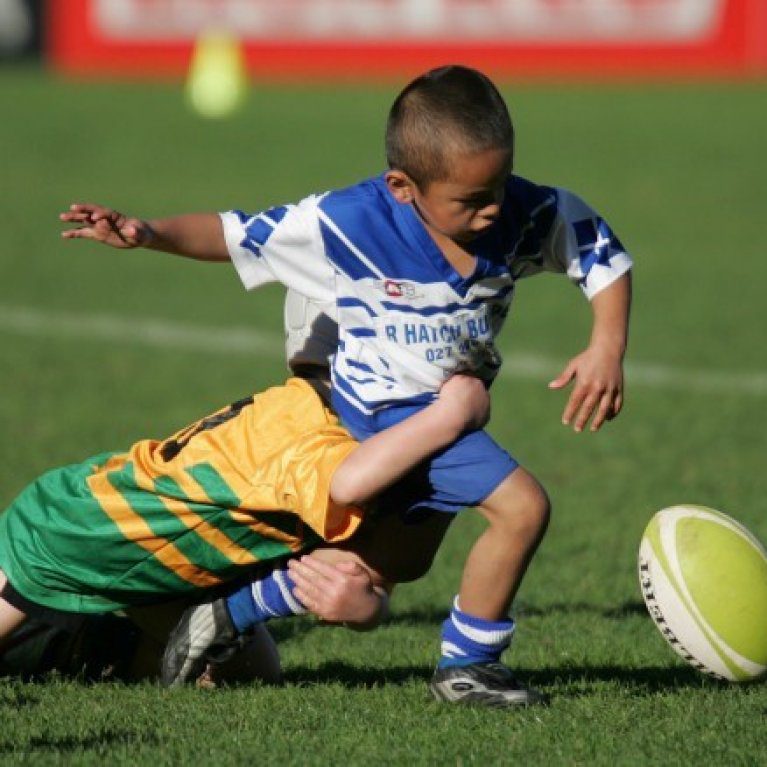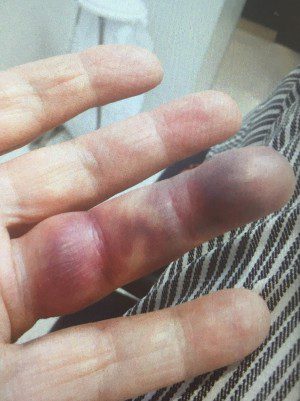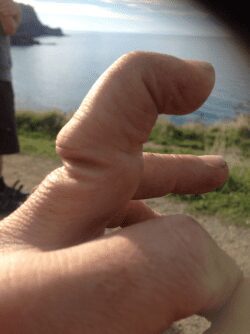The hand is the most commonly injured part of the body. Everyday tasks, work and especially sports can involve high or unexpected forces that lead to injury.
The tissues in your hand, fingers and thumb are small and close together so when you have an injury it often involves bone, ligament, tendon and muscles. Common hand, finger and thumb injuries include; mallet finger, volar plate injury, finger PIPJ dislocation and sprains, thumb UCL sprain (Skiers thumb), finger and metacarpal fractures. Read on for more details and see our information sheets below.
Find one of our hand clinics near you.
We have clinics in Merivale, Papanui, Moorhouse Ave, Halswell and Kaiapoi
Fractures
A fracture is a break in a bone. They occur from falls, direct blows, or crush injuries. If a fracture is suspected you will be referred for an X-ray. A splint or plaster is usually required to protect fractures. Your hand therapist will make sure the fracture is protected and safe movement is continued to prevent swelling and stiffness. You will normally need more protection for the first 3-6 weeks after a fracture. As things heal your hand therapist will guide your return to normal activity and provide appropriate exercises for movement and strength. If you have had a fracture but still have pain or feel your movement or strength has not returned to normal you may need further exercises or help with swelling and scar tissue.
Ligament Sprains
Ligaments stabilise joints in the body. Ligament sprains in the thumb and fingers are common and can be due to overstretching or after joint dislocation. A sprain is when some or all of the ligament fibres tear, the type and severity of the sprain will determine how it is treated. It is important to support all injured ligaments to allow them to heal; options range from simple strapping to the use of custom-made splints. Some ligament injuries need specific imaging or a surgical opinion to determine the best approach to management. Hand therapy aims to ensure a strong and stable joint after injury. Ligaments in the hand are very small and have low blood supply, so these injuries can take 6-8 weeks to recover and sometimes longer to feel normal again.
Joint Dislocation
Joints can dislocate when forced out of their normal position. It is usually obvious if a finger or thumb has been dislocated as it will appear crooked, swollen and will be very painful. You should first seek medical attention so the joint can be relocated (put back into normal positioning). Following relocation a protective splint will be provided by your hand therapist who will also show you exercises to perform during the healing process which will help to restore movement, strengthen your pinch and grip, and reduce the chance of complications developing.
Thumb and Finger Injury FAQs
It is best to start hand therapy soon after your injury. Book an appointment to see a hand therapist so you can recover as quick as possible!
A common myth is that if you can move your finger, it is not broken. While severe fractures or joint dislocations may prevent movement, for most fractures the finger will still move quite well. Generally, movement will become more difficult once swelling increases. Signs of a fracture or broken bone include, swelling, bruising, numbness and deformity. It is best to get any injury assessed early to check for a fracture.
Normal healing timeframes depend on the tissue that is injured, how badly it is injured, and who has the injury.
Bones can heal in 6 weeks but tendons and ligaments take longer as they have less blood supply. Your age, health and type of injury will also affect how long the healing takes. Your hand therapist can tell you realistic timeframes for your injury to heal.
It is normal to wait at least 6 weeks after injury before returning to sport. The type of injury and the sport will determine when you can return. Children with simple fractures will heal quicker than adults and can often return to sport at 4 weeks post injury. Your hand therapist can make protective guards and give advice about safely returning to sport.
A sprain or tear of the ulnar collateral ligament (UCL) that supports the middle joint of your thumb. It usually occurs when your thumb is overstretched by something such a fall, ball or ski pole.
Your thumb will need to be protected for 4-6 weeks after injury and it can take 3-6 months to regain full strength and use of your thumb. The ligaments in the thumb are small and have less blood supply than bigger ligaments in your body so can take longer to heal than you expect.
A mallet finger injury is when the tip of your finger doesn’t straighten. It can be a tendon injury or a fracture. Treatment involves putting the finger in a custom made splint for 6-8 weeks to keep it straight, then gradually weaning the finger out of the splint and back to normal activity.
Information Sheets
These information sheets include more details about particular conditions and how they are treated.
You are in good hands with our team.
We look forward to working with you and your whanau
Merivale Hand Clinic
Resource hub
Visit our Resource hub for more informative articles and usefull factsheets.

Rugby Injuries
In New Zealand, rugby is the national sport and also has the highest injury rate of all major sports. Because rugby union has high participation

Is My Finger Broken?
Finger fractures are common injuries, and the mechanism of injury (how it happens) varies from balls hitting fingertips, fingers getting caught in dog leads, fingers

Joint Dislocation
What is It? Joint dislocation is an injury where a joint is forced out of normal position. It is usually obvious if a finger has
Rehabilitation of the Hand, Wrist And Elbow
For any questions contact us
Our team of 12 hand therapists have undergraduate degrees in physiotherapy or occupational therapy and have all completed a post graduate qualification in hand and upper limb therapy. Together we have a total of over 150 years of experience in hand therapy!


